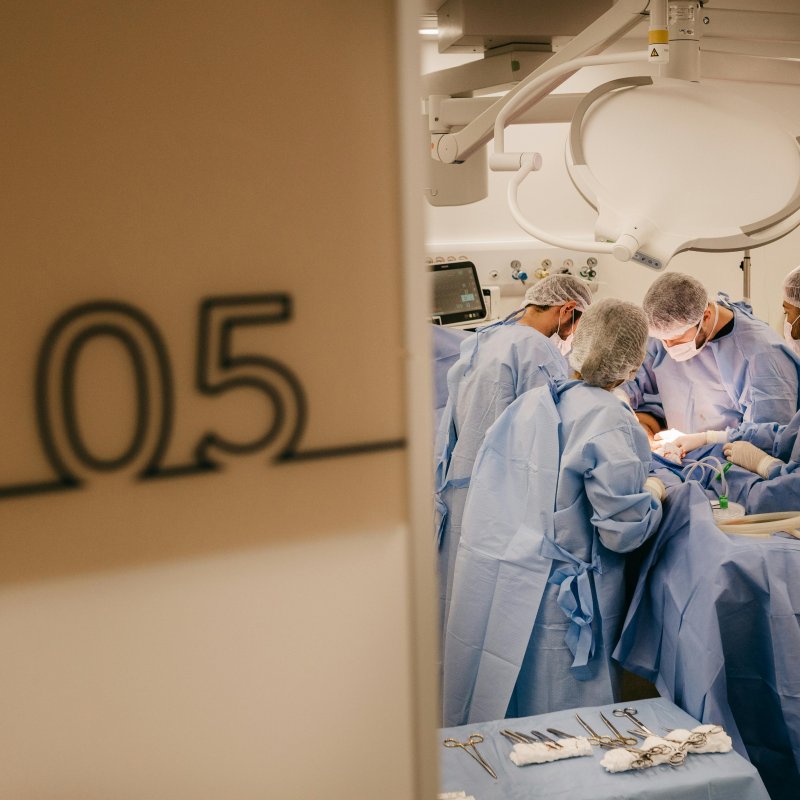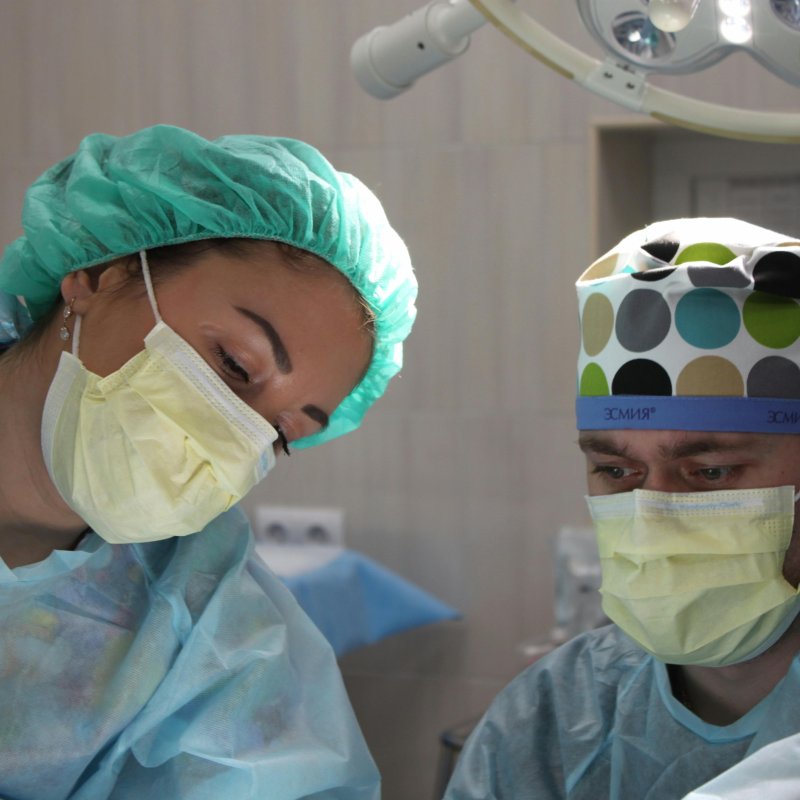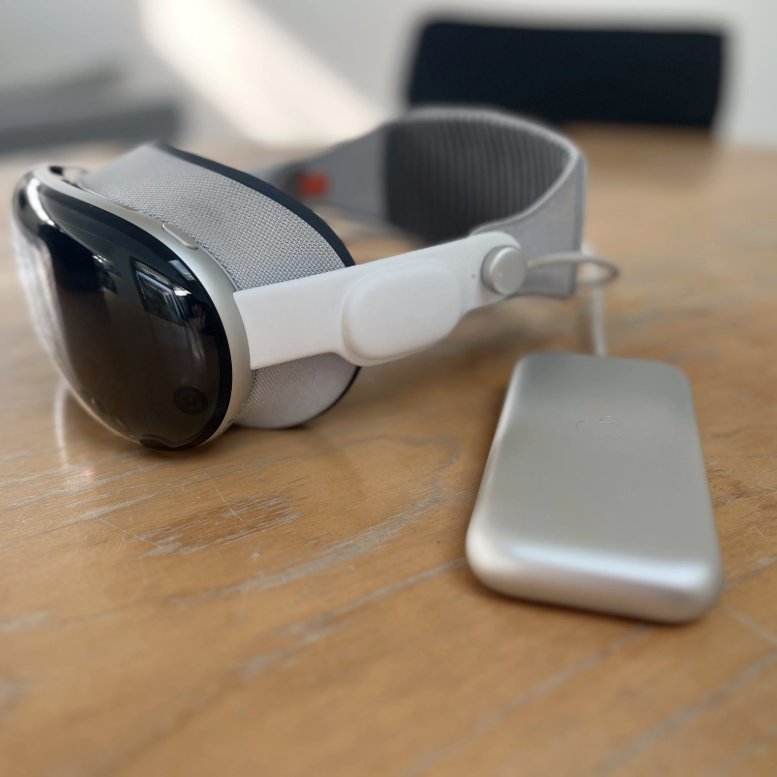Contact Us
+44 20 32897141 / 1 Pickle Mews, London, SW9 0FJ
Medical Device Training: Accelerating it with VR
Published
Apr 08, 2024
Tags
Medical device training is getting a facelift thanks to virtual reality, the technology that’s boosting access to teaching whilst driving down cost.
Over 32k patent applications were filed in the global medical industry in the first quarter of 2024. The majority fell into the ‘general surgery devices’ sector, followed by ‘diagnostic imaging and ‘other remote patient monitoring’.
Whilst this continued influx of new medical technologies is set to revolutionise patient care, it’s also causing commotion when it comes to competition. As more devices with more nuanced and advanced capabilities come into the market, the pressure’s on MedTech companies to make sure their sales reps and trainers are up to speed, ready to break through the noise.
Obstacles to medical device training
The value of buy-in from your employees can’t be underestimated. They’re the ones your target users – professionals in the medical world – expect to know the intricacies of the device like their own reflection, building trust and confidence in the tech.
We know you’ll want to get the all-singing, all-dancing device in their hands so they can get to grips with how it works – literally. But we’re also aware of how limited the first manufacturing batch of these medical technologies often is. Not to mention the price tag. If only you could put the state-of-the-art device in the hands of a trainer or surgeon without putting it in their hands...
How MedTechs are training at scale with VR
Step up, VR! ‘Virtual reality’ has become somewhat of a buzz-phrase among MedTech device companies, and for good reason. By adding virtual reality into the training mix, you’re able to introduce staff to new or upgraded devices from anywhere, at any time.
From introductory overviews (to get that initial buy-in) to the granular details of every feature and setting, virtual reality is spearheading the way for medical device companies to redefine what it means to train an expert group of staff. Not to mention to sell into public and private healthcare and hospital settings all around the world.
How does VR in medical device training work?
Using technology as advanced as VR headsets or as simple as a video player on a laptop, virtual reality immerses a person in a 360° video or 3D computer generated simulation of a real-world scenario. For a MedTech company looking to train sales reps on a new piece of kit, VR could be used to demonstrate:
- How to assemble the device
- How to use the device
- What a regular check on the device should involve
And remember – whilst the user is in these realistic situations, they’re not really in them. They’re not having to wait for the device to arrive from the manufacturer overseas, nor are they held to travel up or down the country to make their one-time hands-on training slot. Users are able to watch and/or immerse themselves in these realistic scenarios, grasping an understanding of the device in as lifelike settings as possible.
Immersive training, immeasurable benefits
Starting to see the beauty of VR for medical device training? Whether it’s your first foray into the virtual reality arena or you’ve already dipped your scalpel into it, VR’s set to continue transforming MedTech training one immersive experience at a time.
That's not to say VR should replace real-world training – but it certainly complements it. When VR’s another string on the device training bow, MedTech companies can:
- Train at scale – be that for your own employees or the medical professionals you're wanting the device to get into the hands of.
- Boost accessibility to limited devices – whilst a medical device may be patented for use in a certain geography, there’s chance it’s being manufactured in another. And for those pioneering first versions, getting access to a device for training is highly limited. Yet with VR, as many of those devices as you wish can be in the 'hands’ of staff to train on.
- Buy back time – arranging training for a group of staff or individuals is complex when we’re all held to different demands during the working day. But VR empowers users to train at a time that suits them. Plus, they’re at liberty to pause, rewind, and rewatch the training as many times as they need to, supporting them to a greater understanding of the device.
- Save cost – it's near-impossible for MedTech companies to offer training without running up a mountain of expenses. But you can turn it into more of a molehill by increasing remote accessibility to devices.
Revolutionise medical device training
Time to get ahead of the competition? Find out how to scale and accelerate adoption of your medical device with immersive training from ExR Education by getting in touch with our team.
Most recent posts
Like what you read?
Please get in touch with us.



